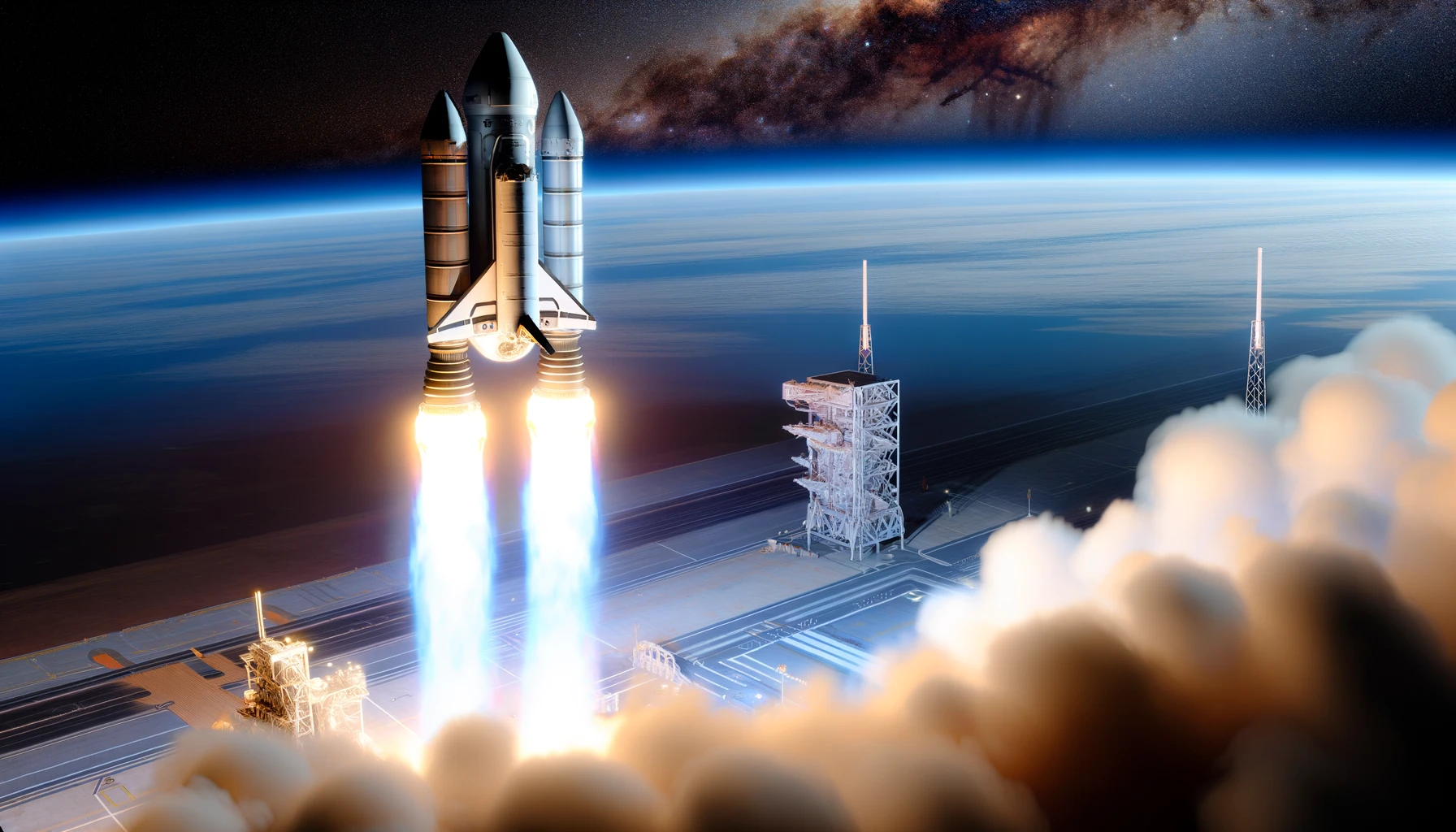NASA is gearing up for a crucial spacewalk to conduct repairs on the Neutron star Interior Composition Explorer (NICER), an X-ray telescope stationed at the International Space Station (ISS). This mission marks a rare instance of astronaut involvement in hands-on maintenance of an orbiting scientific observatory. The upcoming spacewalk, scheduled for later this year, is part of an effort to address recent issues that have compromised NICER’s functionality, specifically a light leak affecting its ability to conduct observations during the ISS’s daylight periods. This repair is critical to restoring the telescope’s around-the-clock scientific output.
The significance of NICER’s mission cannot be overstated, with its contributions spanning various aspects of astrophysics since its launch. Over the years, NICER has been pivotal in studying neutron stars and providing unprecedented insights into their structure and the dense matter within them. The telescope’s observations have also enhanced our understanding of gravitational forces and the behavior of matter under extreme conditions. In 2017, NICER broke new ground by demonstrating the potential of using pulsar-based navigation for spacecraft, marking a milestone in space navigation technology.
Historical Context and Continued Impact
Since its deployment, NICER has been a cornerstone in the study of cosmic phenomena, contributing to hundreds of research papers and scientific discoveries. The latest challenge it faces is not its first; NICER has overcome various technical hurdles, underscoring the resilience and adaptability of space-based instruments. The ability to service such equipment, as demonstrated by previous missions to the Hubble Space Telescope and others, is vital for extending their operational life and enhancing their scientific yield. The forthcoming repairs on NICER will not only rectify the immediate issues but also ensure that it continues to contribute valuable data to the scientific community.
Related Research and Developments
Recent articles from sources such as ‘Space.com’ and ‘Scientific American’ have highlighted similar maintenance and upgrade efforts undertaken on other space telescopes. For example, ‘Space.com’ in their article “Innovative Repairs Extend the Life of Aging Space Telescopes” discusses the continuation of service missions that enhance the functionality and lifespan of telescopes like Hubble. Meanwhile, ‘Scientific American’ in “A New Era for Astronomical Observatories in Space” explores how these missions contribute to our broader understanding of space environments. Both pieces underscore the importance of ongoing maintenance to leverage the full potential of these complex instruments.
Useful Information
- Astronaut-led repairs are crucial for extending the life of space-based observatories.
- Scheduling and conducting spacewalks require careful planning and risk assessment.
- NICER’s role in pulsar-based navigation could revolutionize deep-space exploration.
Insightful Conclusion on NICER’s Upcoming Mission
The upcoming spacewalk to repair NICER underscores NASA’s commitment to not only advancing scientific discovery but also to maintaining and enhancing the tools that make this possible. As we look to the future, the success of such missions is pivotal in ensuring that we continue to collect valuable data from the frontiers of space, pushing the boundaries of what is known about the universe. The enhancements from these repairs will likely increase NICER’s efficiency and scientific output, offering more insights into the mysteries of neutron stars and the fundamental laws of physics.










